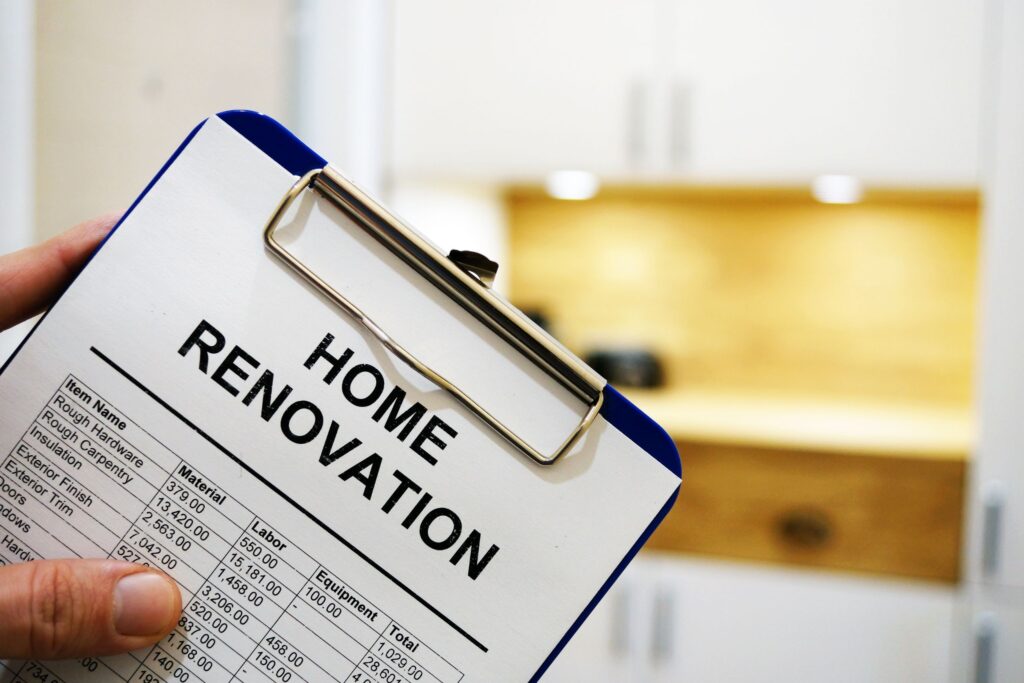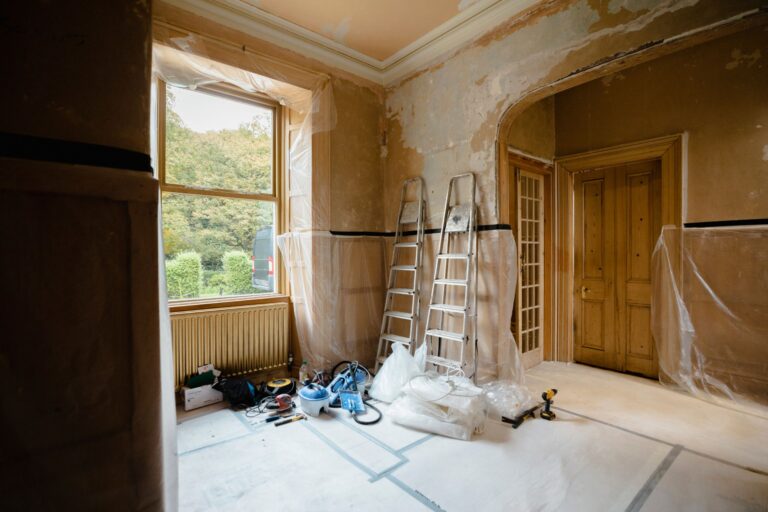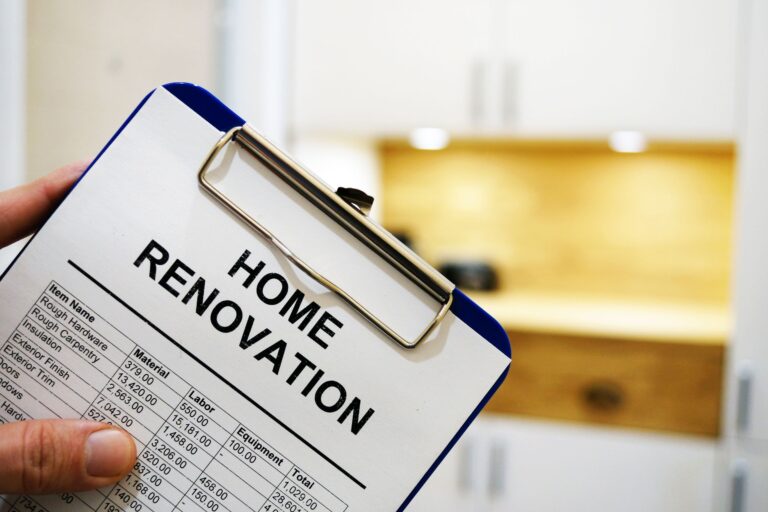
Renovating a house is interesting. Making a vintage kitchen modern or turning a run-down basement into a cozy family lounge has something quite satisfying about it. One crucial phase that may either make or ruin your remodel, though, is budget planning before the tiles, paint swatches, and new fixtures come into use. And not any budget—a flexible, reasonable, well informed one.
Most people start a remodeling project with grand ambitions and nebulous measurements. They wish the project “stays on track” or that unanticipated expenses never knock on their door. Still, they nearly always follow this. Surprises are unavoidable, whether they relate to a concealed plumbing problem or growing material expenses. Smart renovators prepare instead of only guessing. Establishing a solid financial basis for your house remodeling goes beyond only helping to control expenses. It’s regarding safeguarding your vision. The better you plan, the more control you have. And in renovation, control is everything.
The Danger of Starting Without a Budget—and Why Most People Do
It’s common to see homeowners excitedly picking out tiles or paint colors before they’ve even mapped out what their renovation will actually cost. It’s easy to get caught up in the visual side of remodeling and forget the importance of financial clarity. That’s where trouble usually begins. A lack of clear budgeting is one of the top reasons projects run over time, over budget, and under expectation.
People often assume they “have a rough idea” of costs or that they’ll figure it out as they go. The problem is, a “rough idea” rarely accounts for permit fees, demolition debris removal, temporary housing if needed, or material price fluctuations. Even small remodels can snowball into financial headaches when there’s no firm spending plan. That kitchen island you loved? Suddenly out of budget because the plumbing behind the wall wasn’t up to code.
Homeowners don’t avoid budgeting because they’re careless—they do it because it feels overwhelming. That’s why renovation budgeting needs to be approached like a blueprint. It’s not restrictive. It’s empowering. It helps protect your creativity and your wallet at the same time.
Building a Realistic Renovation Budget (Without Guesswork)
Creating an accurate remodeling estimate isn’t just about crunching numbers. It starts with understanding the scope of the project, assessing the current state of your home, and aligning your goals with market costs in your area. While online calculators and rough averages might give you a ballpark figure, what you really need is a layered budget—one that includes everything from labor and materials to unexpected surprises.
A solid renovation project plan always includes a contingency buffer, typically 10–20% of the total estimate. This gives you room to adapt when the unexpected happens, without derailing the entire project. It’s also wise to get multiple quotes from contractors or tradespeople and ask them to break down their pricing. Transparency early on saves a lot of headaches later.
A budget should never be a static number—it should be a living part of your project. It moves, stretches, and evolves with every decision you make. And when it’s built properly, it becomes your greatest renovation tool—not just a financial restraint.
How to Prioritize When the Budget Doesn’t Match the Vision
One of the hardest truths about remodeling is realizing that you might not be able to afford everything you imagined—at least not all at once. That doesn’t mean your project has to fall apart. It just means you need to prioritize wisely. The key is distinguishing between “must-haves” and “nice-to-haves,” and understanding what will bring the most impact to your space.
Focus first on functional upgrades. If your kitchen layout is inefficient, or the plumbing is outdated, start there. These elements affect daily living and property value far more than trendy backsplashes or pendant lighting. Once you have the core structure sound, you can layer in cosmetic elements as your budget allows. In some cases, phasing the renovation across multiple months or years can also ease financial strain without compromising your overall vision.
Remember, great remodeling isn’t about doing everything—it’s about doing the right things first. A beautifully executed upgrade to one room always beats a half-finished overhaul across the whole house. Be strategic. Your future self will thank you.
Avoiding the Renovator’s Regret: Transparency, Timing, and Trust
Renovation regret is real—and it usually happens when homeowners rush into decisions, underestimate timelines, or fail to communicate clearly with their contractor. Remodeling a home is a major undertaking, and even the best-laid plans can go sideways if expectations aren’t aligned. That’s why clear communication and timeline awareness are just as important as your budget spreadsheet.
Always start with written agreements and a clear scope of work. Don’t rely on verbal estimates or vague promises. If possible, ask for a timeline that includes phases of the project and check-in points along the way. This not only keeps everyone accountable but also helps manage your expectations.
Most importantly, work with professionals you trust. When your contractor respects your budget, explains changes clearly, and keeps you in the loop, the entire experience becomes far more rewarding. Renovating your home should be a collaboration—not a battle. With the right mindset and structure, you can avoid the most common regrets and end up with a space you’re genuinely proud of.

Conclusion
A successful renovation doesn’t begin when the first tile is laid or the first cabinet comes down. It starts with thoughtful planning, grounded expectations, and a solid budget. These aren’t the glamorous parts of remodeling, but they are the backbone of every transformation that actually works. When you respect the process, you create room for creativity, flexibility, and satisfaction. Renovating your home should elevate your lifestyle—not empty your savings or test your patience. At Traiteur Reception Maeva, we believe that with the right balance of vision and practicality, you can create a space that looks incredible and lives even better. Renovation isn’t just about building something new—it’s about building smart, with heart and foresight every step of the way.




